It’s good to talk!
At Little Learners, developing children’s communication is a key part of what we do. From babies to little ones, everyone needs to learn how to communicate. So HOW do you talk to your baby or child? And WHAT can you do to help them develop and learn to talk?
Firstly, don’t worry about what you are talking about – exposure to language is half of the battle! Even if what you’re saying seems like nonsense, to your child the familiar voice and the rhythm of what you are saying will help them feel secure and connected. This is particularly important in a new environment or when trying something new.
Concepts
Try using simple conceptual language – “open/shut”, “wet/dry”, “big/little”, “up/down” – you can move onto more challenging concepts and vocabulary such as “slimy/smooth”, “left/right” as your child develops. Our messy play sessions offer lots of opportunity for conceptual learning – look at the following photo and see what you might comment on if you were playing alongside the child….
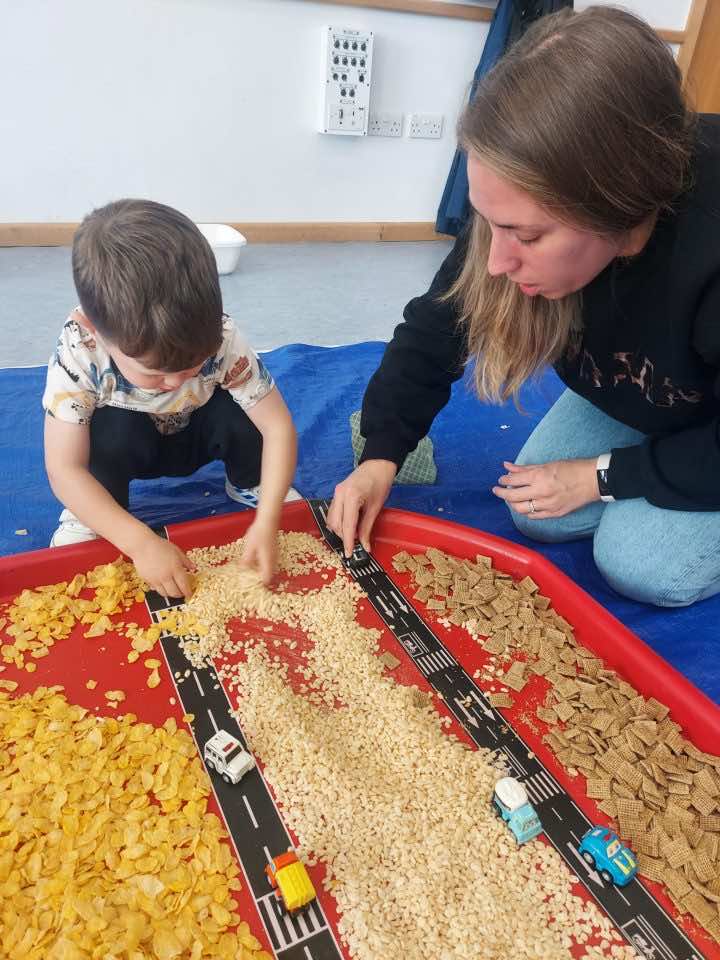
Commentating
Commentating about your day is important too – this will help children understand the passing of time as well as giving subtle support to past/present/future tenses (although of course they won’t be aware of this until later on in their primary school years!). “Off we go to the shop, let’s close the door and pop the key away. I can see a cat on the path ahead – hello kitty. I wonder if he will follow us to the shop?” If your child is in a pushchair, research suggests that children should be facing you at least until they are 6months old – this not only is great for communication, but also allows you to give your baby reassuring eye-contact, helping them to relax.
Talking to your baby, even if they can’t respond, is crucial for their language development and many parents find it easier to talk to their child if they are looking at them. When they are facing forwards, it is just as important to keep chatting to them! This becomes more of a shared experience, as you are both looking at the same things as you move along.
Singing
Communicating isn’t just about talking – singing is great for child development too! When children sing songs, they learn to focus, listen carefully and repeat what they’ve heard. Just like reading to your child, singing songs with them helps to boost their vocabulary and language skills. Did you know that singing lowers your heart rate, decreases anxiety, and releases endorphins? Nursery rhymes are often favourites for children (twinkle twinkle little star, baa baa black sheep, Old MacDonald etc) but even just singing along with a favourite song on the radio will benefit your child.
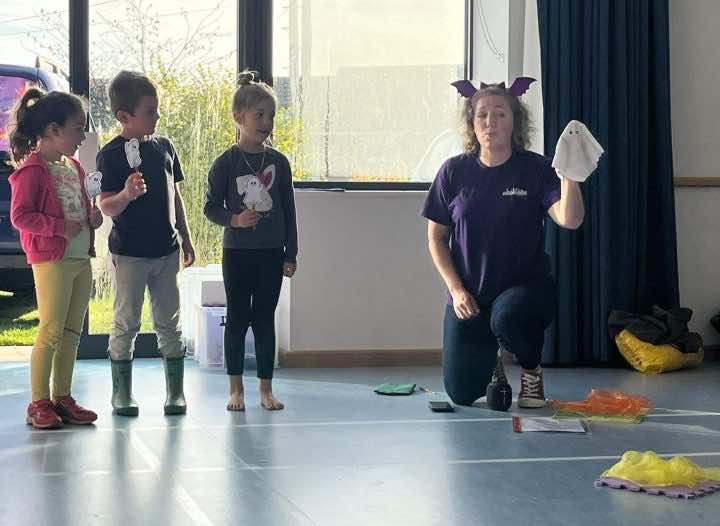
I am famously out of tune (!) but I always start our sessions with a song – it gives everyone a reason to get up and dance, makes us feel good and enables us to connect as a group. Here I am using puppets for a song, but musical instruments, scarves and mirrors can also provide useful props for singing. It doesn’t always need to be a ‘new’ tune – just like stories, repeating favourites is important too.
Some children will take a time to start finding their voice – try not to pressure your child to talk. In time, they will start to make noises (or squeak in the case of one of my friend’s children!) – modelling these noises back to them helps your child recognise that their voice is having an impact. This is called mirroring. The purpose of mirroring in communication is to show the other person that you understand what they’re saying and how they’re feeling. Babies and toddlers use mirroring to find out about the world around them. Even if a child is not making noises, they will definitely be taking YOUR noises in – so keep making them!
How will I know if my child is progressing as they should in terms of communication and language?
By 4 years old, most children can:
- say sentences with 4 or more words
- repeat words from a song or story
- talk about at least one thing that happened during the day
Watch (and listen!) to other children talking – if they are of a similar age, this can give you an idea of how your child is progressing but if they seem to be further behind, DON’T PANIC! Remember that children all develop at different rates so they will inevitably be ahead at some points, and behind at others. If you are concerned, then your GP or health visitor would be your first port of call for further support – they can refer to a local speech and language therapist if they deem this a suitable course of action. In the meantime, continue to converse with your child, work on those conceptual conversations and continue to sing!
Remember, it’s good to talk :-)
Pop to a class to see this in action – session leaders, mums, dads, grandparents will all be busy chattering away! Click here to find your nearest class.
Anita (South Colchester Little Learners)
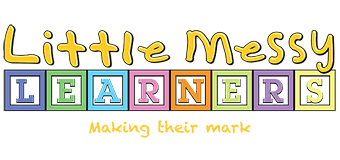
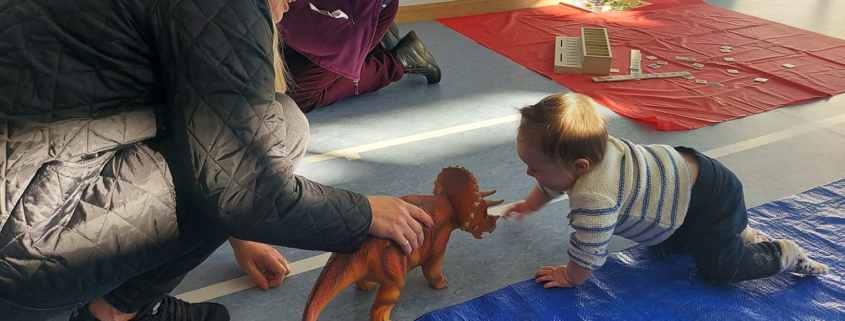
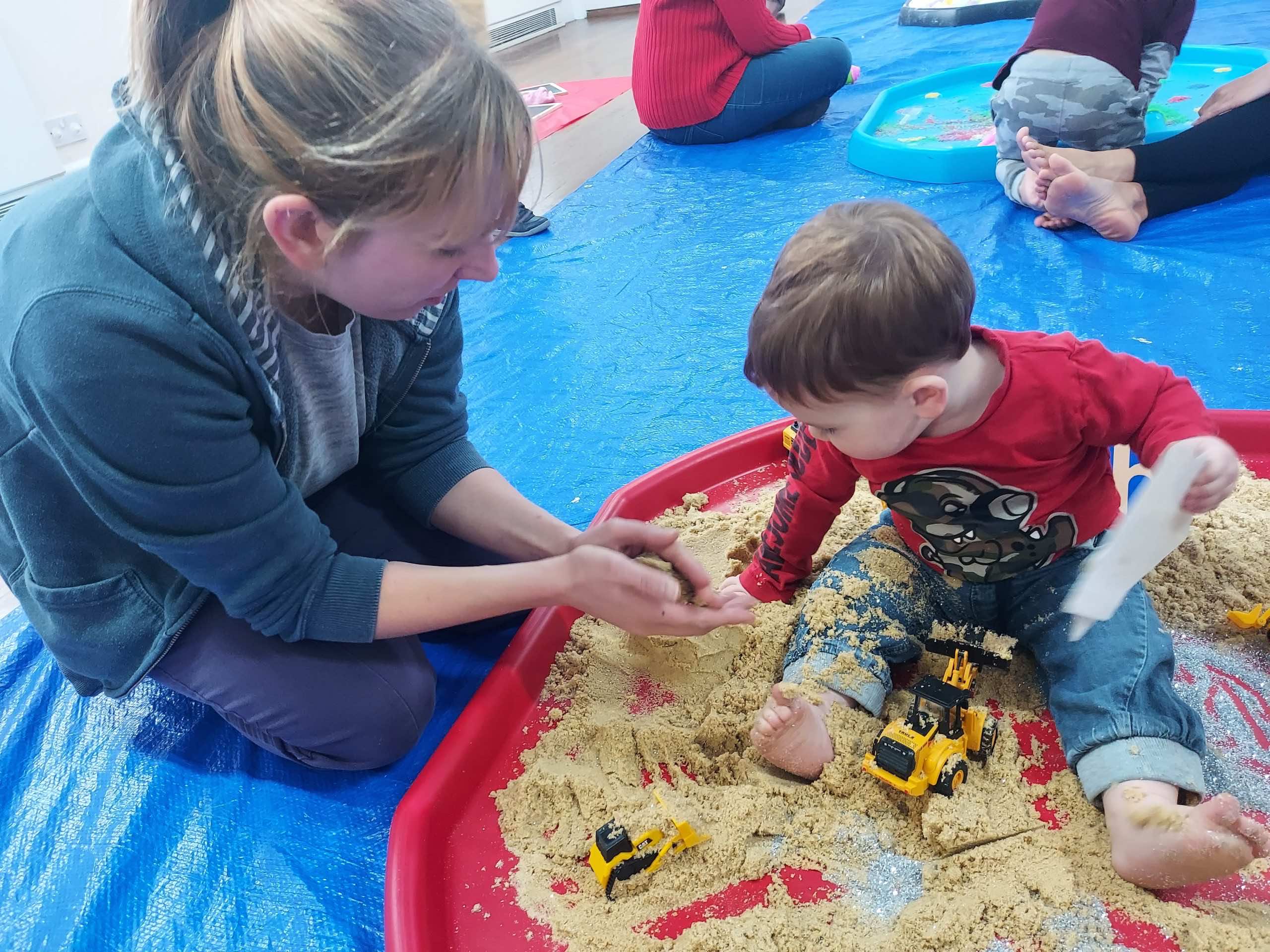
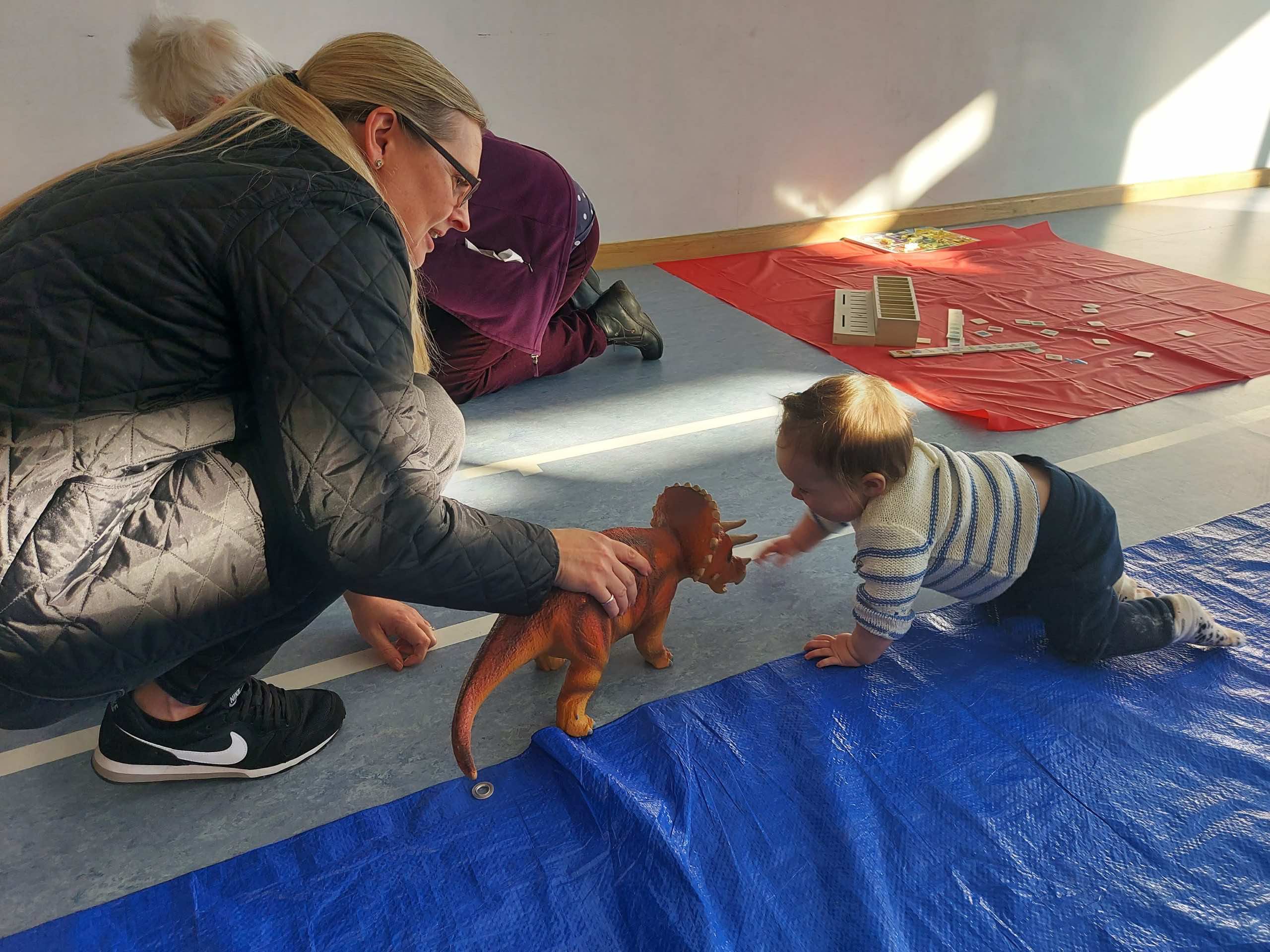
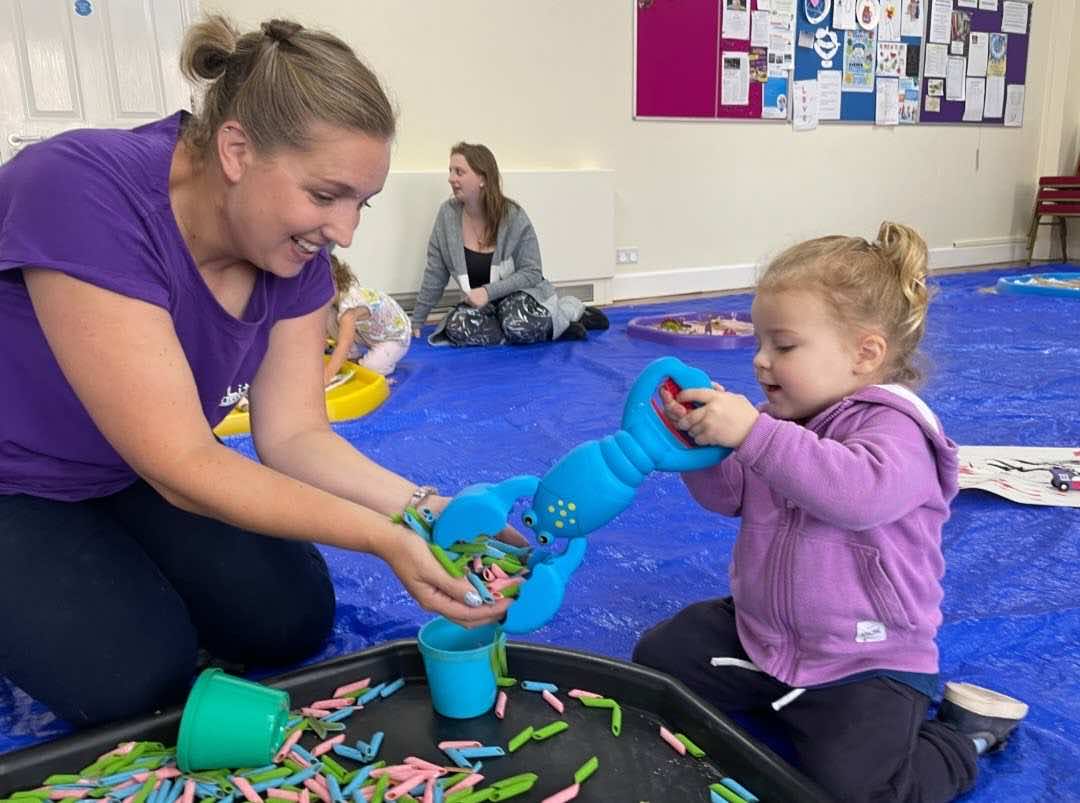
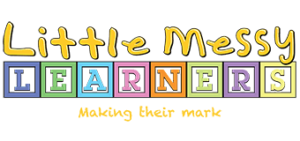


Leave a Reply
Want to join the discussion?Feel free to contribute!